Osteoporosis is a bone disease that silently progresses with ageing
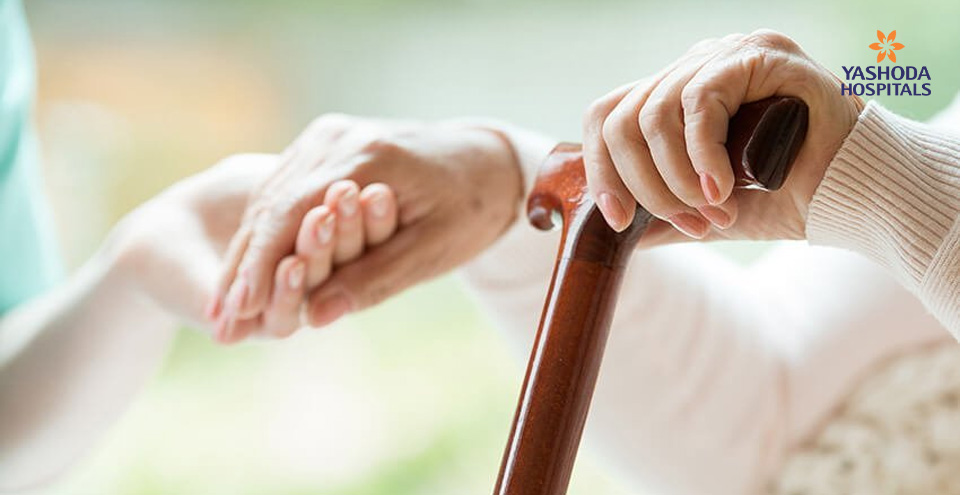
Osteoporosis is a bone disease that occurs more in women and lesser in men who are over 50 years of age. Osteoporosis is described as a ‘silent disease’ as the condition has no symptoms. It is only after the bone fracture that the pain is evident.
The bone fractures may be of the wrist, hip, arm and leg. Most serious of all osteoporosis fractures is that of the hip, which affects severely the patient’s movement. Bones keep absorbing old bone, and replace it with new bone. After the age of 30, bones keep losing more bone than they can actually replace, leading to weaker bones.

CAUSES
Bone loss that leads to osteoporosis occurs due to advancing age, family history, unhealthy lifestyle choices and taking certain medications.
SYMPTOMS
There are no symptoms in the early stage of osteoporosis. Complete weakening of the bones may lead to back pain, weight loss, stooped posture and bone fractures. Osteoporosis is not visible till it reaches its peak point, which is characterized by sudden collapse of vertebra or broken hip, arm, leg and wrist.
RISK FACTORS & COMPLICATIONS
The risk of osteoporosis increases with age, and family history of bone diseases. In women, during menopause, due to reduced levels of estrogen there is higher risk of osteoporosis. Higher production of thyroid hormone also leads to bone loss.
Low calcium intake, eating disorders, and gastrointestinal surgeries may help in the progress of osteoporosis. Other risk factors that are responsible for the development of osteoporosis include, use of steroids, sedentary lifestyle, excess of alcohol consumption, and tobacco use.
The complications of osteoporosis are evident as bone fractures of the wrist, hands, legs, spine or hip. Hip fracture is considered as serious complication especially in older people. Weakened spine results in a hunched forward posture.
TESTS AND DIAGNOSIS
The doctor first checks the bone density, for which an X-ray is suggested. This bone density test also called as dual energy x-ray absorptiometry (DXA) helps in determining the portion of mineral in the bones. Usually, the hip, wrist and spine bones are checked for osteoporosis.
TREATMENTS AND DRUGS
Treatment for osteoporosis depends on the stage of the disease. After a detailed assessment of the bone density, the doctor prescribes the needful medications. Drugs and hormone related therapy constitute the regular course of treatment for osteoporosis. The doctor also recommends for change of lifestyle, and steps to follow to reduce the risk of bone loss.
Read more about knee replacement surgery




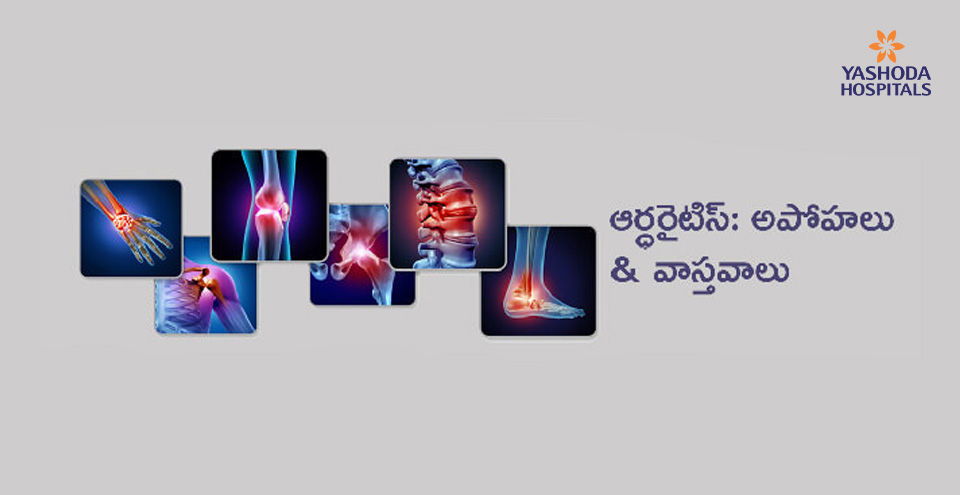
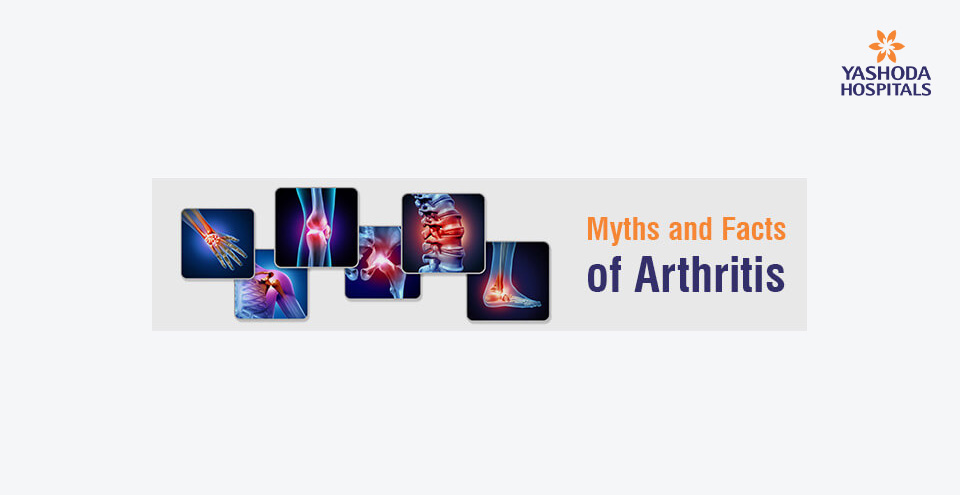
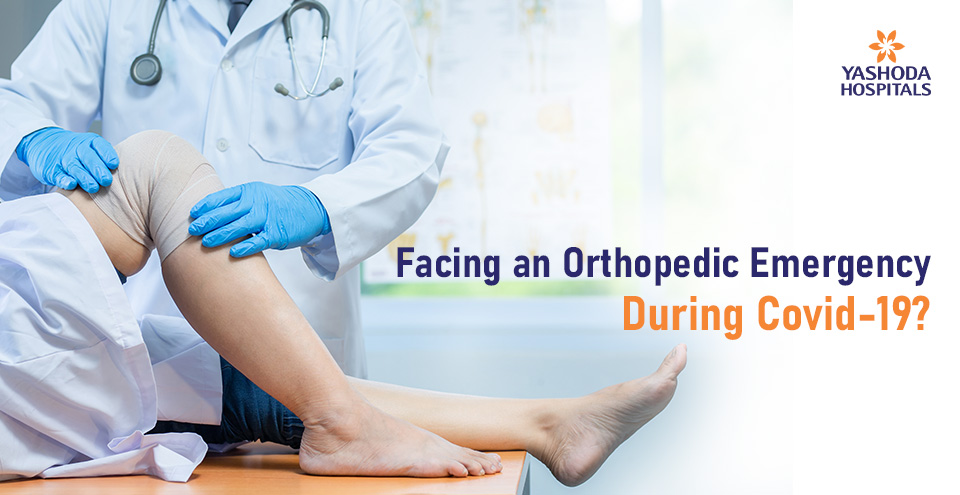

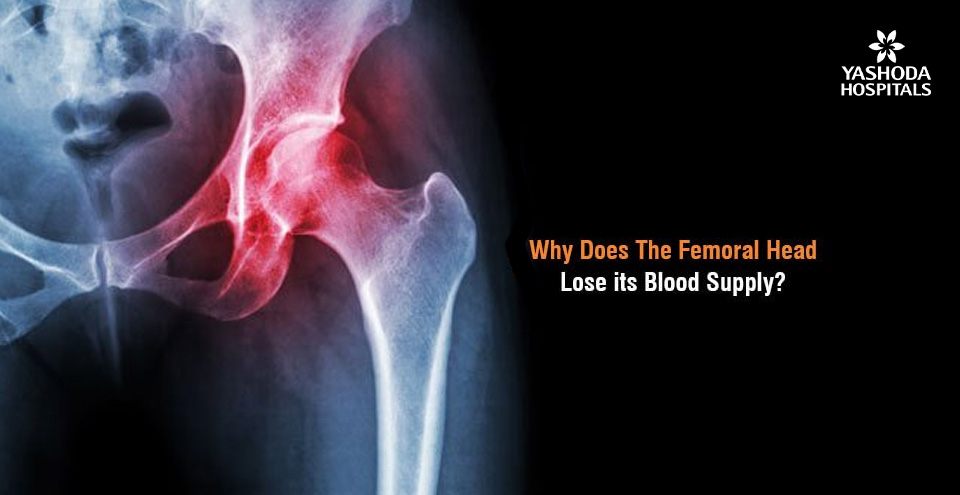


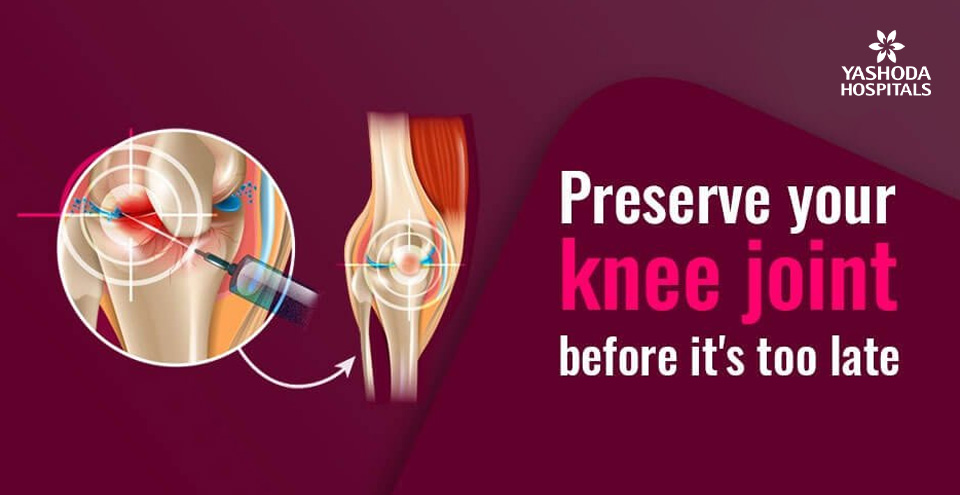
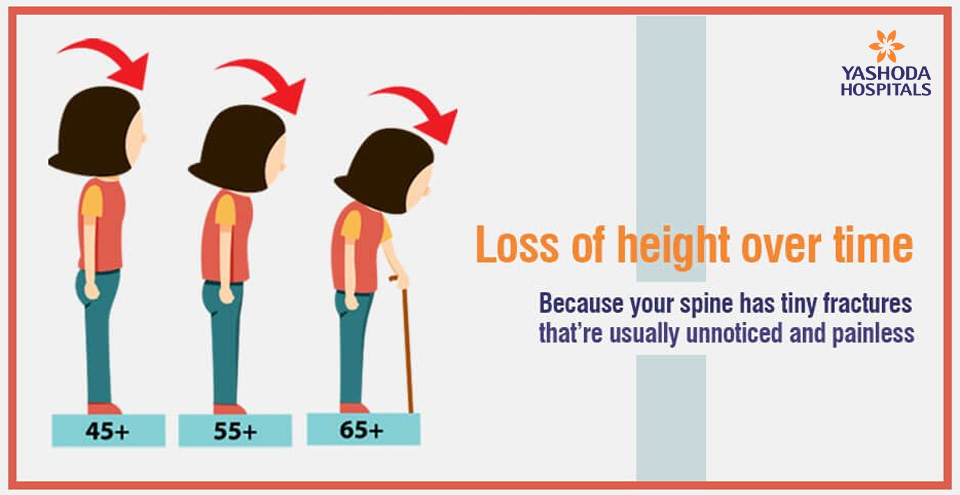
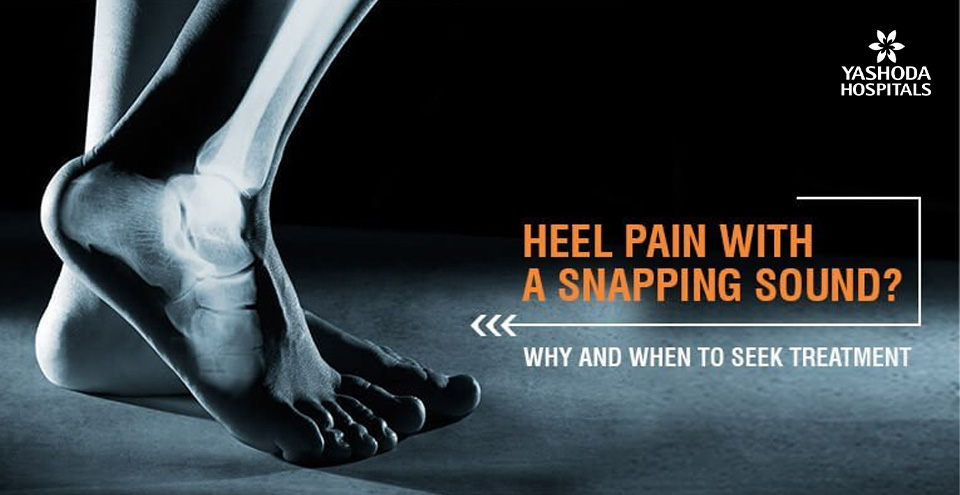

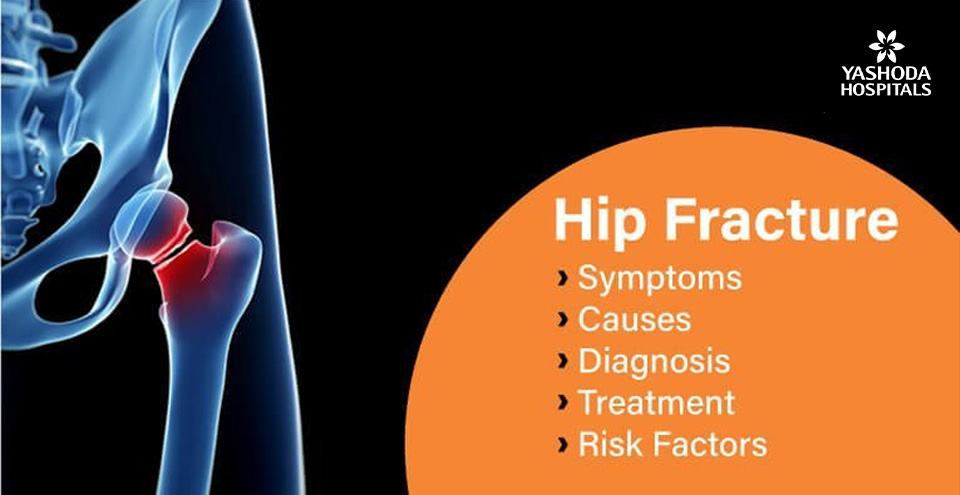





 Appointment
Appointment WhatsApp
WhatsApp Call
Call More
More